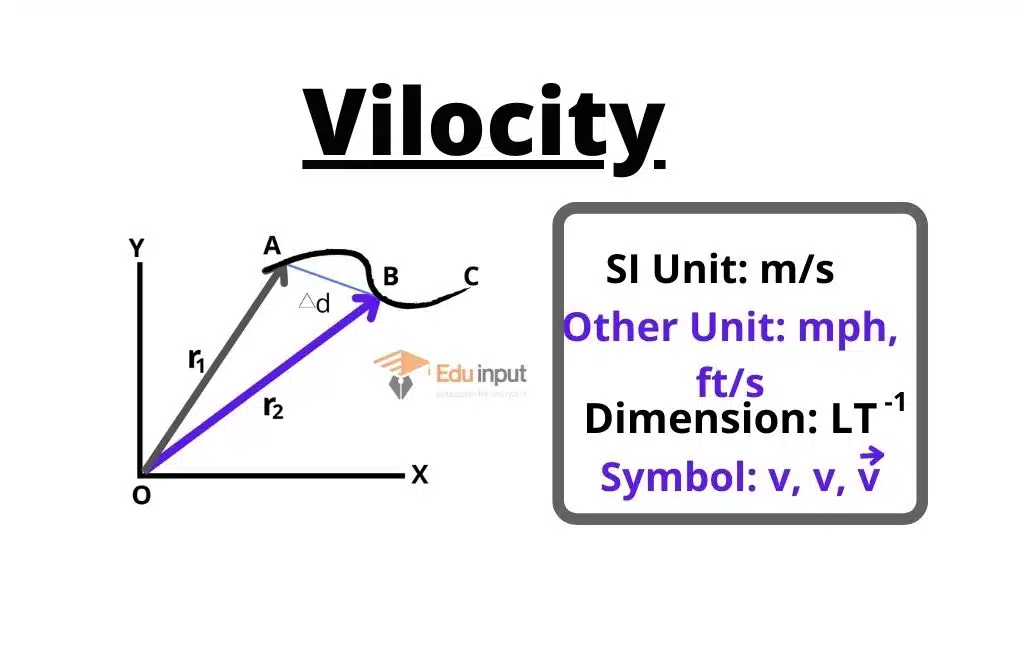Aerodynamic Force-Definition, And Examples
Aerodynamic force is the force exerted on a body moving at high speed relative to a surrounding fluid. Aerodynamic forces are caused by the interaction between the solid object and the air around it.
What is an Aerodynamic Force?
Aerodynamics is the study of how air flows around moving objects like aircraft, boats, windmills, cars, etc. There are certain principles and techniques used in this process.
The basic principle behind aerodynamics is similar to Newton’s third law of motion: for every action, there is an equal and opposite reaction. In other words, if something pushes on something else, then the two objects exert a force on each other. If we consider the air as the fluid, then the solid object (the leaf) is analogous to the object being pushed, while the air is analogous to the fluid pushing back.
Aerodynamic force is a type of force that occurs due to air movement around an object. Aerodynamic force is caused by the interaction between the airflow and the surface of an object. When the flow of air hits the surface of an object, it causes a pressure difference. As a result, the object moves in the direction of lower pressure.
The magnitude of the force is proportional to the velocity of the air relative to the surface area of the object. In general, the greater the speed of the air moving over the object, the greater the aerodynamic force acting on the object.
In the case of aircraft, the aerodynamic force is called lift. Lift is produced by the wings of a plane. A wing produces lift by deflecting the air downward. The air then flows under the wing and creates a low-pressure zone underneath the wing. Because the air is flowing faster than the wing, it experiences less pressure and therefore exerts a downward force on the wing.
When air passes over a stationary object, it creates drag. Drag is a force that opposes the motion of the object. If the object is accelerating toward the wind, drag increases. Drag is created by friction between the air molecules and the surface of the object. Friction slows down the movement of the air molecules, causing them to collide with other molecules and create heat. Heat dissipates energy and reduces the efficiency of the system.
Aerodynamic Force Example
A common example of aerodynamic force is the force acting on a moving aircraft. There are main aerodynamic forces acting on an aircraft
Lift:
The force counteracts gravity and is caused by the flow of air beneath the aircraft.
Drag:
As fluid flows along the body of the craft, it causes it to exert some drag that resists the forward movement of the aircraft.
Thrust:
The force that the engines exert on the craft moves it in the forward direction.
Gravity:
The weight of the aircraft is determined by this force, which always points in the downward direction.







Leave a Reply